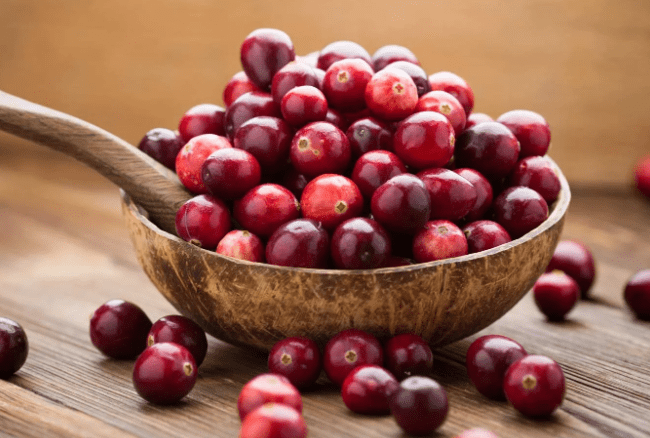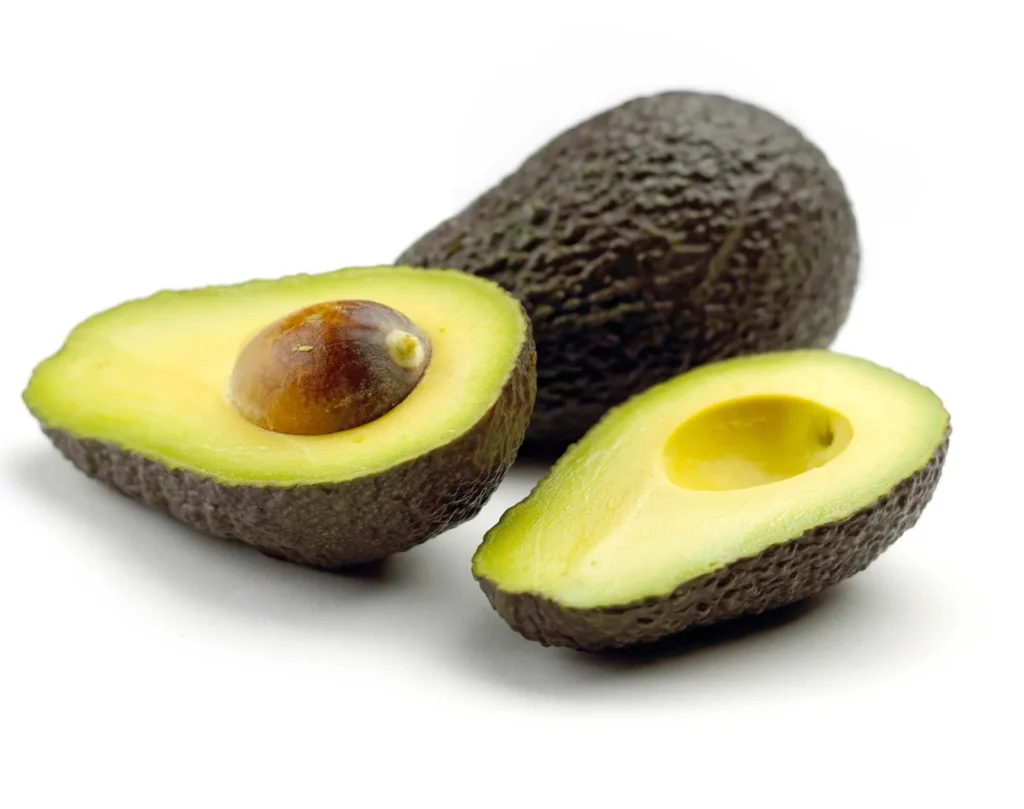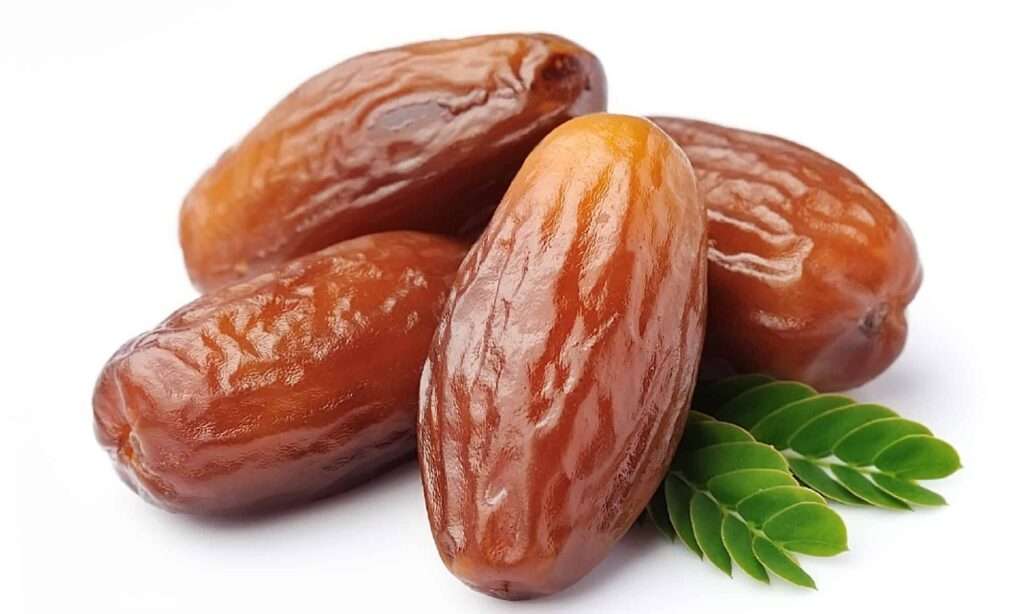
Description
It is sturdy and has berries that are oblong, round, or pear-shaped and range in hue from pink to extremely dark red or have red and white specks. The small-fruited, or northern, cranberry is an important local crop that grows in marshy areas of northern North America, Asia, and northern and central Europe.
Varieties
There are over a hundred different kinds of cranberries, including the Alfredo Compact, Baily Compact, Ben Lear, Compactum, Early Black, Crowley, Howes, Bergman, Pilgrim, Redwing, Searles, Stevens, McFarlin, and Wentworth varieties.

Uses
Use them fresh or dried; add them to salads; juice them; or even consume them uncooked.
Nutrition
Cranberries are mostly water and 12% carbs, with very little protein and fat. Raw cranberries provide 46 calories, moderate quantities of vitamin C, dietary fiber, and the crucial dietary mineral manganese in a 100 g reference quantity, all of which are more than 10% of the Daily Value. The content of other micronutrients is minimal.
Cultivation
As long as you can meet three crucial requirements for their growth—acidic soil, sufficient moisture, and 1000–2500 chill hours of chilly temperatures between 32 and 45°F—growing cranberry plants in your yard is actually fairly simple.
Table





